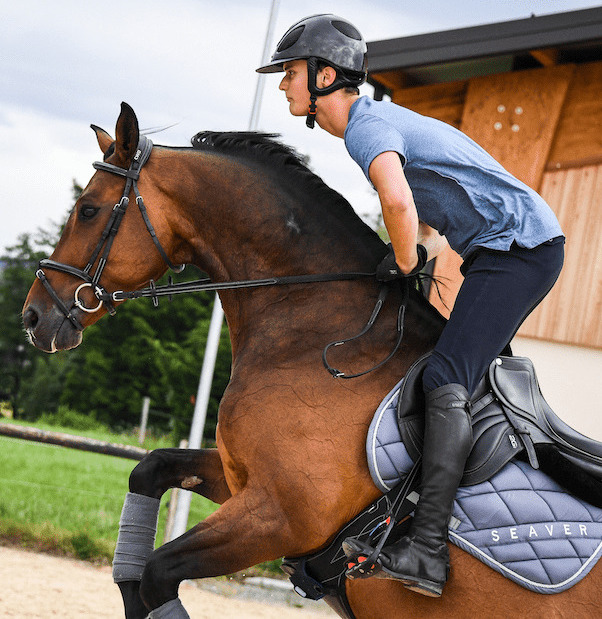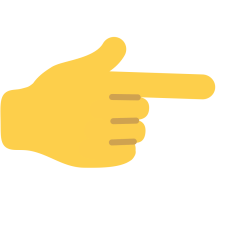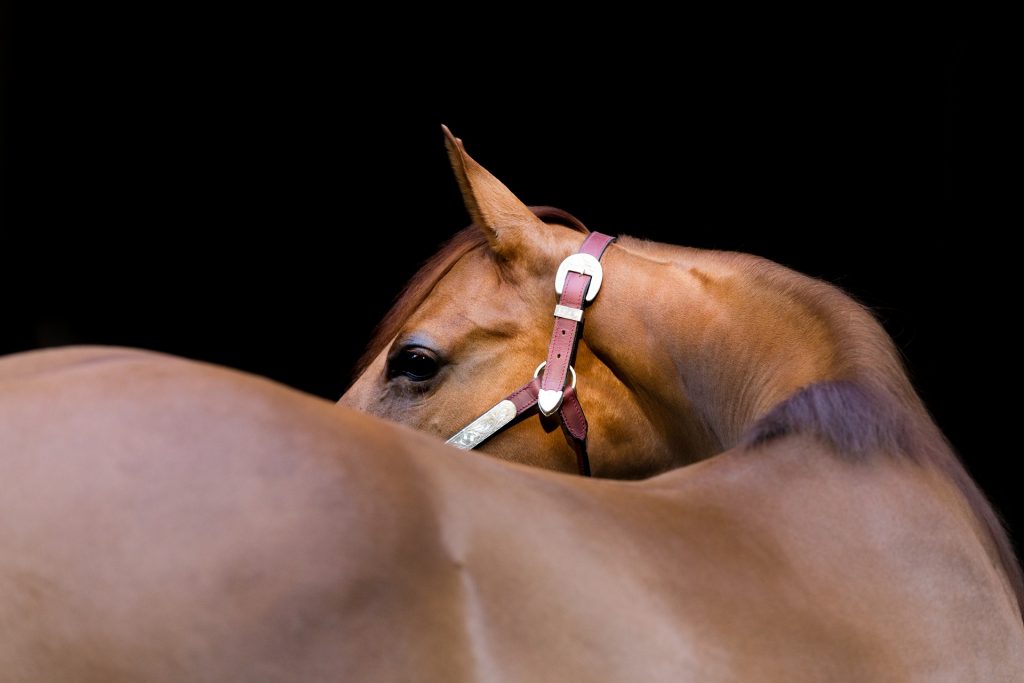-15 % sur votre première commande
rentrez votre email pour recevoir le code


Le paiement x10 disponible sur la boutique ! Commandez votre airbag SAFEFIT pour 50€/mois
mercredi, 27 septembre, 2017
The horse’s spine can be assimilated to a bridge; an assembly of vertebrae spaced by a few centimeters and supported by two ‘pillars’: the horse’s forehand and hindquarters. The main back muscle is the latissimus dorsi, located on each side of the verterbea.

The latissimus dorsi is a skeletal and non-weight bearing muscle, and since horses do not have collarbones; the structure of their back as a whole is quite weak.
By nature, horses are not supposed to bear the weight of a rider on their back. Their back muscle structure is a fundamental and extremely fragile area that is very solicited in sports horses in particular. A proper conditioning and preparation is thus essential to preserve horses’ health and get the most out of their physical and mental potential. Indeed, it is the proper functioning and tonicity of horses’ top line that allows them to bear the weight of a saddle and rider, and get the energy to walk, trot, canter, turn, jump, etc.
Once you get in the saddle, your weight will impact the horse’s back and hollow it, which can cause the horse pain with time. A bad position of the rider, an ill-fitting saddle, or a poorly managed training can also cause and/or amplify pain. The slightest weakness or trouble spot in the top line has to be taken care of rapidly. By teaching horses to properly lift their top line, use their back, and contract their abdominal muscles, you will improve their comfort.
The saddle absorbs shocks and allows the weight of the rider to be evenly distributed on the horse’s back. Having a saddle adapted to the horse’s morphology is essential in order not to alter his locomotion or hurt his top line. Just picture going for a jog wearing shoes a size or two too small or too large. Each stride would be painful. It is exactly the same for your horse. One saddle cannot both fit Tornado, the fat pony with a short back, and Venus, the frail thoroughbred mare with a long and prominent back.
An ill-fitting saddle will create repeated pressure points/spots, leading the area concerned to lack irrigation and causing an atrophy of the back muscles. On the longer term, you might feel consequences on the performance of your horse: reluctance to bend, to change pace, to be on the bit…
It is important to note that the way you saddle up your horse can also have impacts on the horse’s back muscles, despite having a fitting saddle. Indeed, many riders put the saddle either on the horse’s shoulders or withers, hence blocking their movement. In addition, the rider’s weight interferes with the horse’s back muscles, and the horse’s locomotion is then hampered, due to a lack of impulsion.
During the training session, the horse’s back flexes continuously and his top line changes based on the degree of bend and collection as well as the height at which he carries his head. The most important factor for a proper functioning of the back is the freedom of the neck.
Here are some exercises that will help strengthen your horse’s back. First of all, riders must know that the trot is the ideal pace to achieve this. In addition, it is best that riders post the trot in order to relieve the horse’s back as much as possible.
Neck extension work is recommended, in particular during the warm up. The goal is to work the horse with his neck down (and not round), his forehead vertical, and his nose gradually reaching for the ground until finding itself 30 cm above it.

This exercise is a good way to stretch the horse’s top line from the tip of the nose to the tail, and round his back. In this attitude, the horse will be able to develop his muscles and free the accumulated tensions in the area surrounding his spine. This extension work can be done either lunging or riding the horse, always making sure to work symmetrically.
It is worth pointing out that when working a horse downward, it is not the back but the abdominal muscles that are compressed first. These abdominals help the back hold itself and strengthen; they are called antagonistic muscles. Just like humans, horses need good abdominal muscles to have a good back.
Bending work is a good way to laterally mobilize the back. From a purely theoretical point of view, bending consists in curving the horse’s head-tail axis around the rider’s leg. A proper bend favors the engagement of the inside hind leg, allowing the horse to build muscles as well as relax and loosen, but only on one side. It is thus important to properly balance the training on both sides for the horse to have a harmonious musculature. The circle is the best exercise to work on the horse’s bend. Serpentines, figure eights, and half-voltes are also good tools to use.
Cavaletti are interesting to work on the entire top line, while also working on the horse’s engagement during take off. As with the other exercises, the most important is trot work. Canter work is less efficient but can still be useful with some jumper horses. Start with two or three cavaletti and then gradually increase up to six. The line must be built in order to limit the rider’s interventions and let the horse be as free of his movements as possible.

See you soon for another article,
The Seaver team